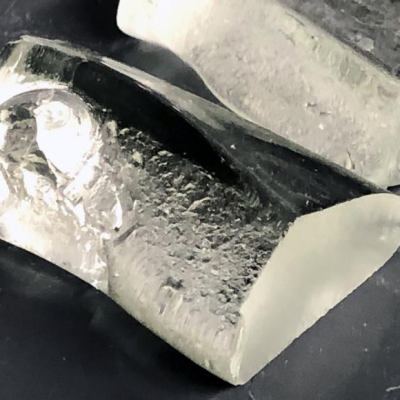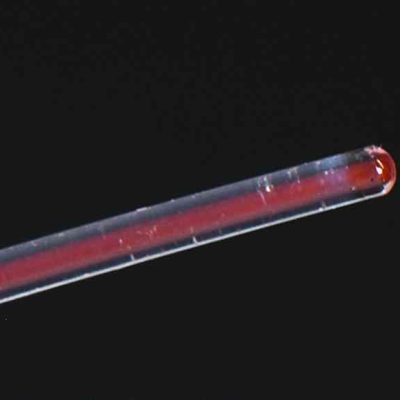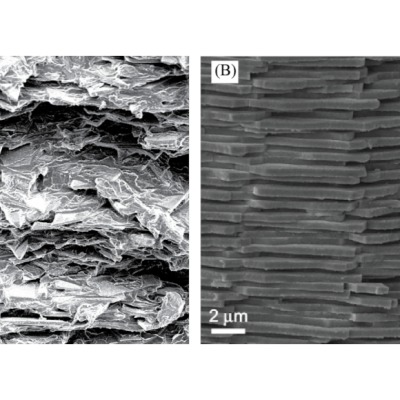Aluminum oxide glass is harder than steel at room temperature, yet flexible. This is achieved by rapidly cooling aluminum oxide (Al2O3), which prevents crystal formation and maintains its amorphous structure. This new glass material could be used for smartphone displays in the future. Traditional glass appears solid and hard, resembling a crystal. However, in reality, glass is an amorphous mass with properties similar to a liquid. This is because the molecules and atoms in glass do not form solid crystal lattices but instead appear disordered in the material. The expected flow of this liquid is so minimal at room temperature that it is barely measurable and cannot be detected with the naked eye.
One of the problematic properties of glass is that it is hard and lightweight but also brittle, making it prone to breaking under pressure. This disadvantage is particularly evident in smartphone displays, which often break even with minor falls. For this reason, scientists have been searching for a new glass material that remains flexible at room temperature and is less susceptible to fractures. An international team of scientists, including the University of Tampere and the Austrian Academy of Sciences, has published an article in the journal Science stating that they have succeeded in producing practically indestructible glass.
The scientists used a method in which a thin layer of aluminum oxide (Al2O3) was cooled so quickly that it could not form crystals. This resulted in an amorphous structure of aluminum and oxygen atoms, forming a new glass material. The metallic glass exhibited particularly unique properties in the test series and was also flexible and stretchable at room temperature. Instead of breaking under point pressure, the aluminum oxide glass yields. The researchers found that a flawlessly produced aluminum oxide glass can be stretched to twice its length at room temperature before it tears. The scientists state that this proves that amorphous oxides are far more flexible at room temperature than previously thought.
Although the current manufacturing process does not allow for industrial use of the new glass, it has great potential in modern electronics, according to Frankenberg. In the future, this new material could be used in machinery, batteries, and consumer products such as smartphone displays. The high technical requirements and low yield of the current method make it unsuitable for producing larger quantities of aluminum oxide glass.










